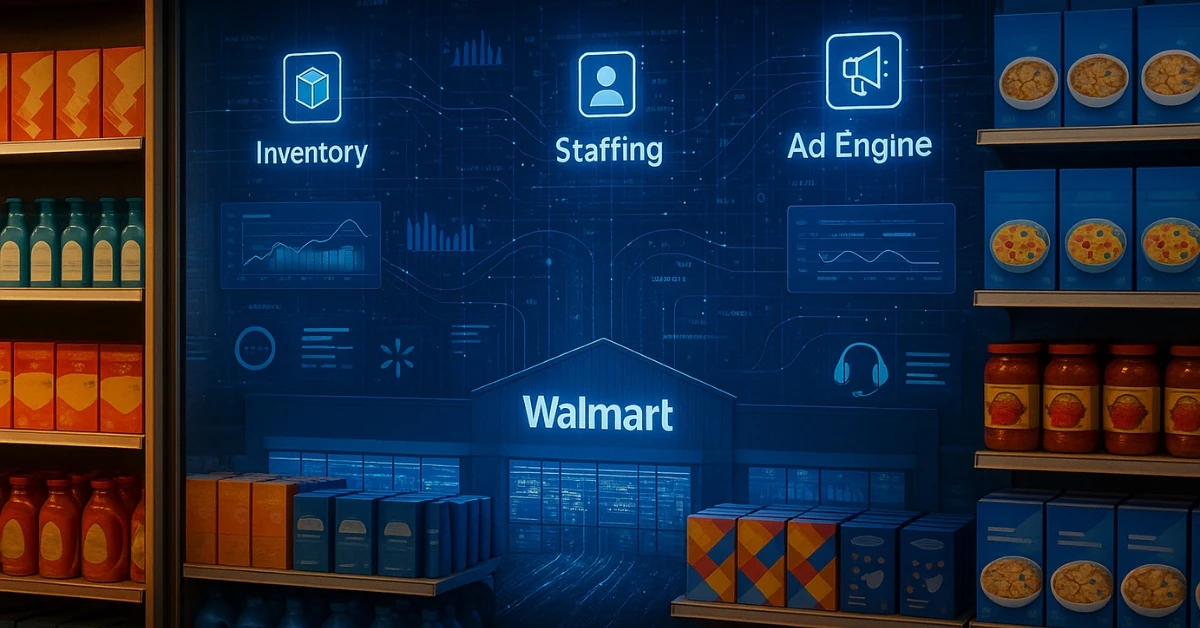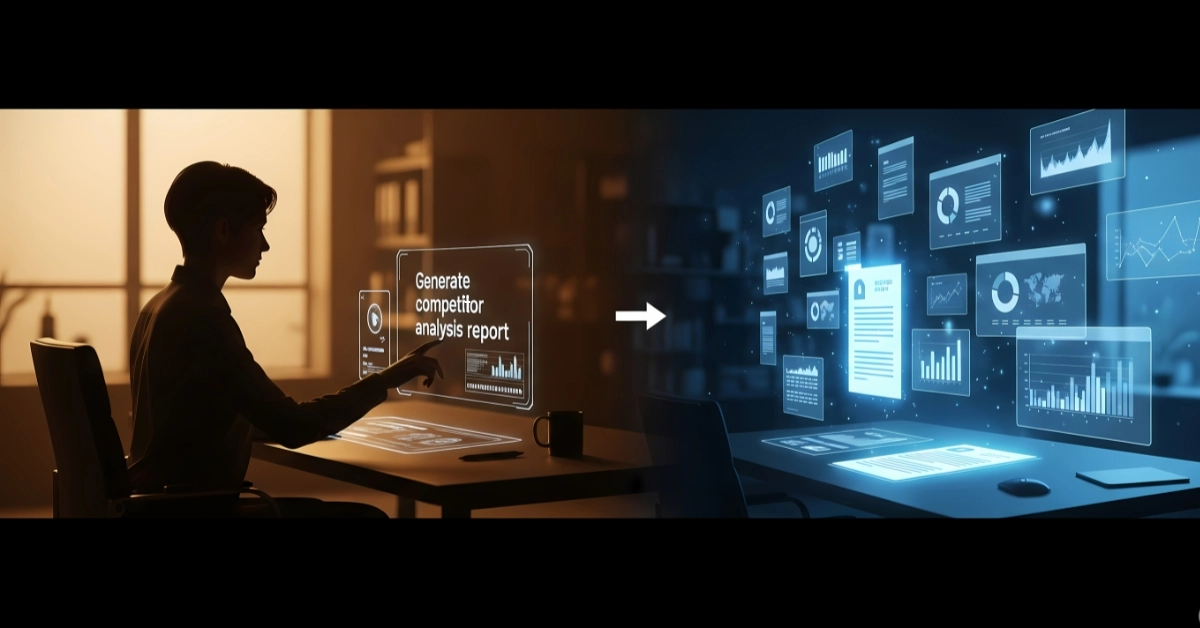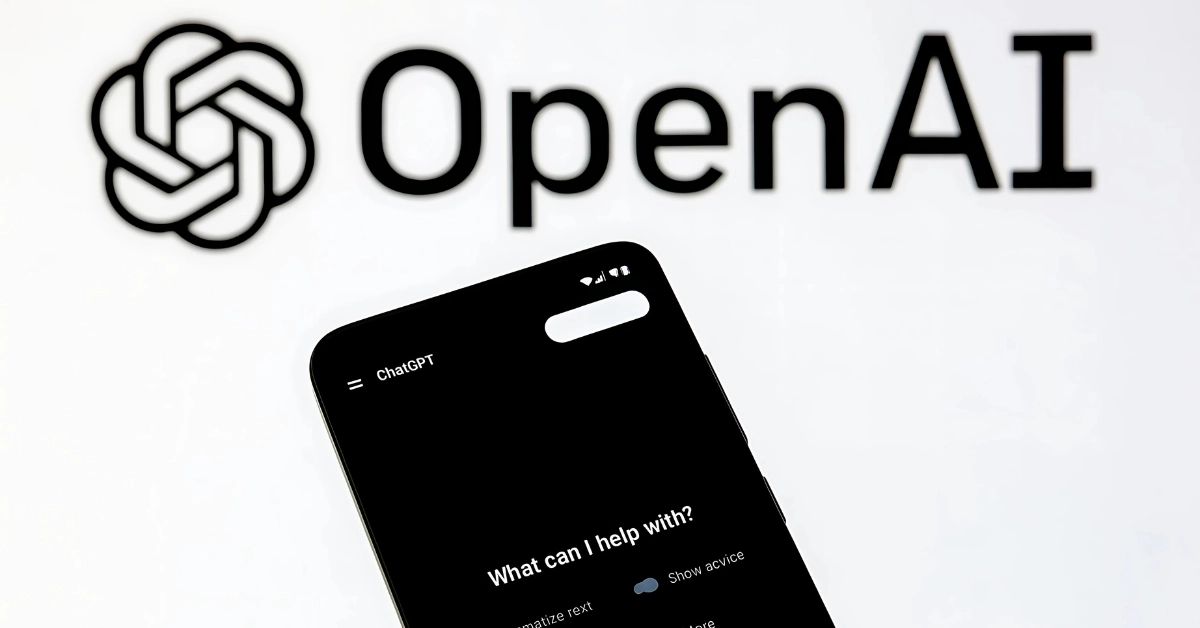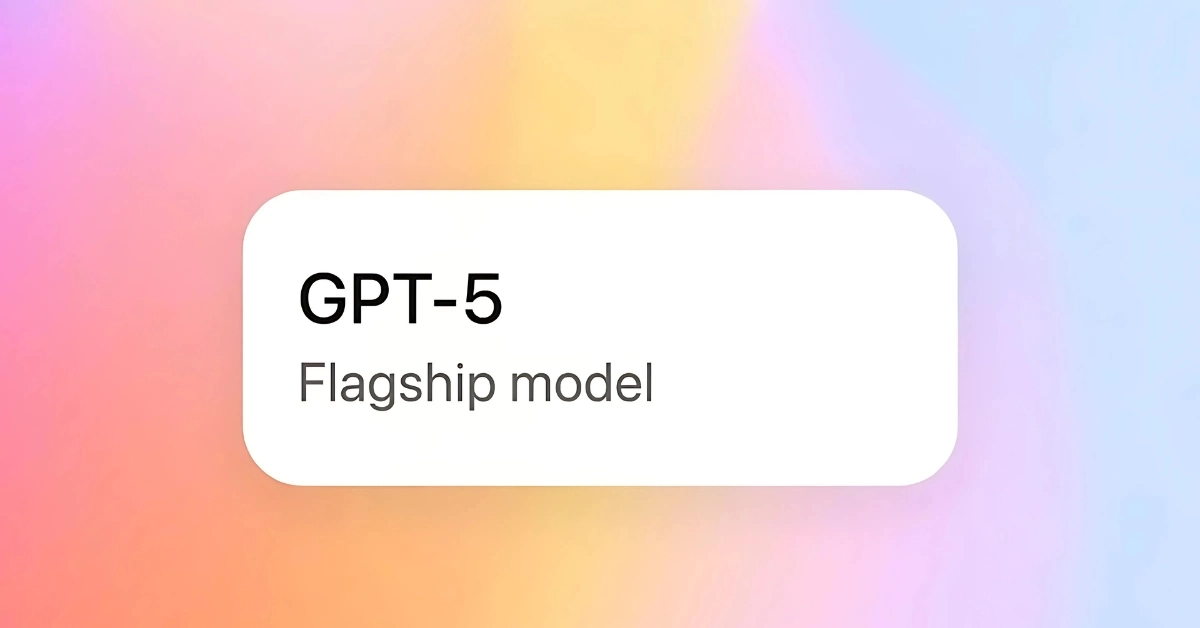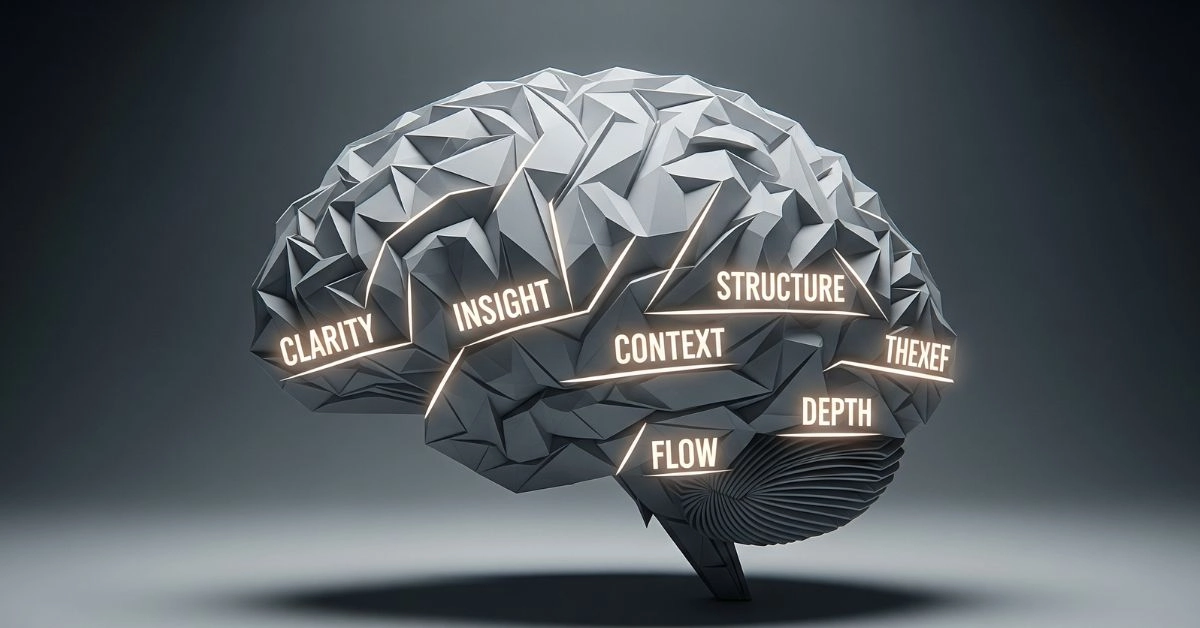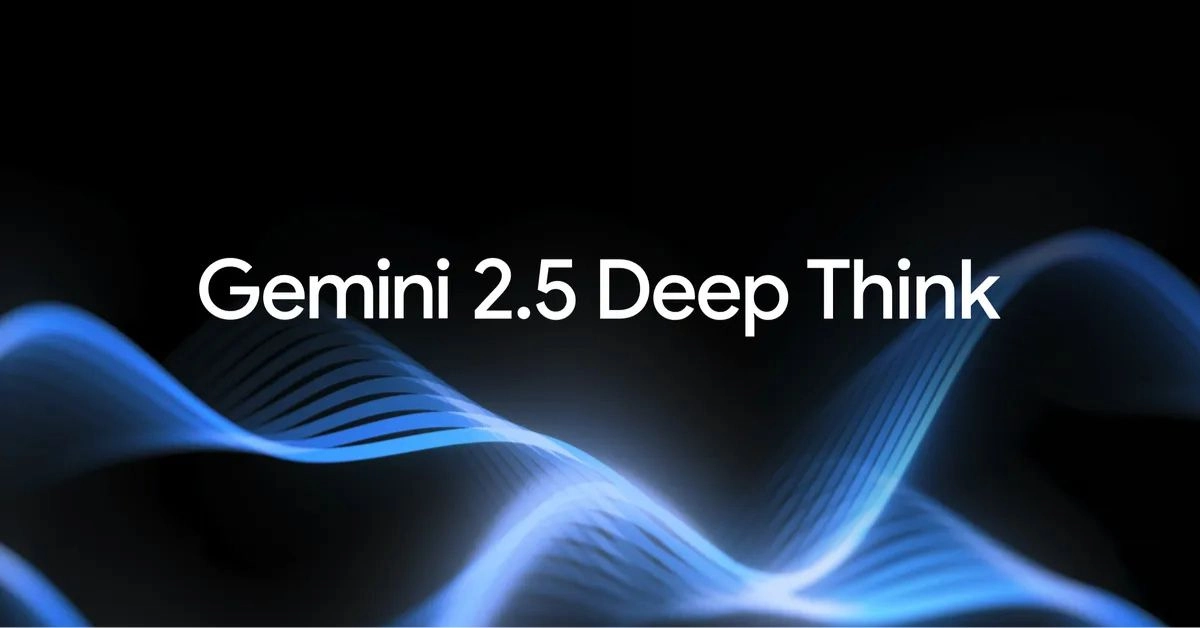When Walmart quietly gave AI agents control of its shopping experience, HR systems, and partner tools, it wasn’t just another tech upgrade. It was a sign of something bigger.
A sign that agentic AI, the kind that acts on goals, makes decisions, and handles tasks without you babysitting it, isn’t some distant concept anymore. It’s already inside one of the world’s biggest retailers, running key parts of the show.
In July 2025, Walmart announced it had built four AI-powered “super agents” to simplify how customers shop, how employees work, and how sellers and developers plug into its system. This wasn’t about adding a few smart features. This was a full reset on how AI fits into the business.
So what do these agents actually do? Why now? And what can every other business learn from it? Here’s how it works, what’s changing behind the scenes, and why this shift matters more than it looks.
Meet the Four Super Agents Running Walmart’s AI Strategy
Walmart didn’t just build a few helpful bots and slap them into its app. It went deeper. It designed an entire ecosystem of AI agents, each built around a clear role in the business, not just a feature list. Here’s how they work, and why they matter.
1. Sparky: The Shopper’s Sidekick
This is the one customers are already using inside Walmart’s app. Sparky helps you find what you need, whether it’s a new yoga mat, the right ink for your printer, or the best-reviewed blender. But it’s more than just a search tool. It can plan a unicorn-themed birthday party, reorder household essentials, and even scan the inside of your fridge to suggest recipes using computer vision.
Walmart is betting big on Sparky to drive e-commerce. If half its sales are going to be online in the next five years, this agent is the one making that goal feel seamless.
2. Associate: The Internal Operator
This one is for Walmart’s own employees. Right now, store staff and corporate workers use different tools to get things done. The Associate agent pulls those tasks together. Need to apply for parental leave? Done. Want real-time sales data for a single product category? One request, one answer.
This isn’t just about convenience. It’s about shaving hours off routine tasks and unlocking decisions on the fly.
3. Marty: The Partner Whisperer
Sellers, suppliers, and advertisers usually have to deal with onboarding forms, confusing dashboards, and long campaign setups. Marty fixes that. It helps partners upload catalogs, track orders, and even build ad campaigns, all in one place, without the back-and-forth.
For a retail giant, this is how you scale without drowning your partners in paperwork.
4. Developer: The AI Launchpad
This is the agent Walmart built for itself. It’s where internal teams can test, build, and deploy new AI tools fast. Instead of reinventing the wheel every time, teams can now use a common platform, guided by this agent.
Think of it as Walmart’s internal AI infrastructure, quietly running behind the scenes, making sure everything stays aligned and scalable.
Why Walmart Rebuilt Its AI Stack Around Super Agents
Walmart had a problem most companies dream of: too much AI.
Across teams, tools were multiplying. Employees were already asking over three million AI-driven questions every week. But the experience was a mess. One tool for HR. Another for supply chain. A third one buried in some internal dashboard. Useful, yes. Unified? Not even close.
So Walmart made a decision. No more one-off bots. No more patchwork solutions. It scrapped the clutter and built four role-based super agents, each designed to take ownership of an entire part of the business.
This wasn’t a branding exercise. It was a full architectural shift toward agentic AI. These agents aren’t just reactive but proactive. They are context-aware, decision-capable, and most importantly, built to scale without breaking.
This move turned a scattered ecosystem into a clean, focused platform. Now every employee, customer, and partner talks to just one agent, and that agent actually gets things done.
What the Results Look Like When AI Agents Actually Deliver
For Walmart, these super agents aren’t just experiments. They’re already driving real outcomes.
Customer support resolution times have dropped by up to 40 percent. What used to take multiple back-and-forths with chatbots or phone reps now gets solved in one clean interaction, thanks to smarter, goal-focused AI agents.
Store shift planning used to eat up 90 minutes of a manager’s time. Now it takes 30. That time goes back into running the floor, not wrestling with a schedule tool.
Fashion production timelines have been slashed by 18 weeks. Why? Because AI agents are now plugged into the design and supply pipeline, speeding up decisions, reducing errors, and killing the lag that used to come from department silos.
And it doesn’t stop there. Walmart plans to reach 95 percent of U.S. households with three-hour delivery by year-end. That goal isn’t just about logistics. It’s about how well agents coordinate inventory, location, staffing, and weather in real time, all without needing constant human direction.
These aren’t just isolated wins. They’re what happens when AI tools stop being scattered helpers and start acting like operational engines.
What Every Company Can Learn From Walmart’s Agentic AI Play
Walmart didn’t get here by luck. It made three big bets, and each one holds a lesson for companies trying to move past basic AI tools.
First, it stopped building bots and started building roles.
Most companies build features. Walmart built personas. One agent for customers. One for associates. One for partners. One for internal builders. This shift alone reduced confusion, improved accountability, and made the system easier to scale.
Second, it gave agents actual control.
These aren’t prompt-fed assistants that sit around waiting. They handle full workflows, make decisions, and pull data across systems on their own. That’s agentic AI in action. Not just smarter software, but smarter systems.
Third, it stayed flexible without getting messy.
Walmart didn’t try to do everything at once. Instead, it created “nano agents,” small, purpose-built tools that plug into each super agent. This gave teams room to experiment without breaking the whole stack.
Put simply, Walmart traded AI chaos for AI clarity. And that clarity is exactly why its agentic push is working.
What This Means for the Future of Agentic AI
Walmart didn’t just upgrade a few tools. It flipped the script on how AI works inside a business. Instead of dozens of disconnected bots, it built a unified system where agents handle tasks, make decisions, and stay tightly aligned to real-world roles.
This is the shift agentic AI was made for. Not a better chatbot, but a smarter architecture.
And Walmart’s not alone. From software companies to SaaS startups, this is where AI is heading. Systems that plan, act, and learn on their own, without needing you to guide them at every step.
If you want to understand this wave before it hits everything, don’t stop here.
➡️ Read the full Agentic AI Guide 2025 to learn how this tech works behind the scenes.
This story isn’t about Walmart. It’s about what comes next, and who’s ready to build for it.

